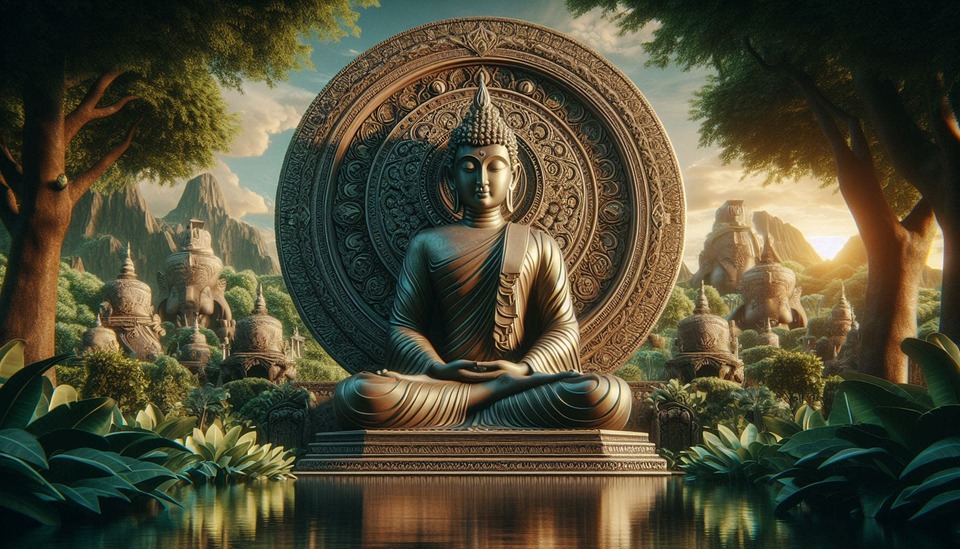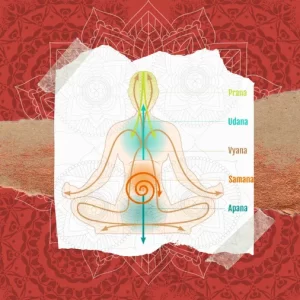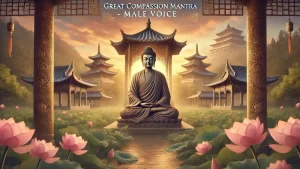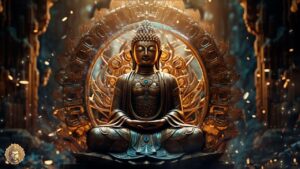Oṃ maṇi padme hūm̐[1] (Sanskrit: ॐ मणि पद्मे हूँ, IPA: [õːː mɐɳɪ pɐdmeː ɦũː]) is the six-syllabled Sanskrit mantra particularly associated with the four-armed Shadakshari form of Avalokiteshvara, the bodhisattva of compassion. It first appeared in the Mahayana Kāraṇḍavyūhasūtra, where it is also referred to as the sadaksara (six syllabled) and the paramahrdaya, or “innermost heart” of Avalokiteshvara.[2] In this text, the mantra is seen as the condensed form of all Buddhist teachings.[3]
The precise meaning and significance of the words remain much discussed by Buddhist scholars. The literal meaning in English has been expressed as “praise to the jewel in the lotus”,[4] or as a declarative aspiration, possibly meaning “I in the jewel-lotus”.[5] Padma is the Sanskrit for the Indian lotus (Nelumbo nucifera) and mani for “jewel”, as in a type of spiritual “jewel” widely referred to in Buddhism.[6] The first word, aum/om, is a sacred syllable in various Indian religions, and hum represents the spirit of enlightenment.[7]
In Tibetan Buddhism, this is the most ubiquitous mantra and its recitation is a popular form of religious practice, performed by laypersons and monastics alike. It is also an ever-present feature of the landscape, commonly carved onto rocks, known as mani stones, painted into the sides of hills, or else it is written on prayer flags and prayer wheels.[8]
Due to the increased interactions between Chinese Buddhists and Tibetans and Mongolians during the 11th century, the mantra also entered Chinese Buddhism.[9] The mantra has also been adapted into Chinese Taoism.[10]














Comment